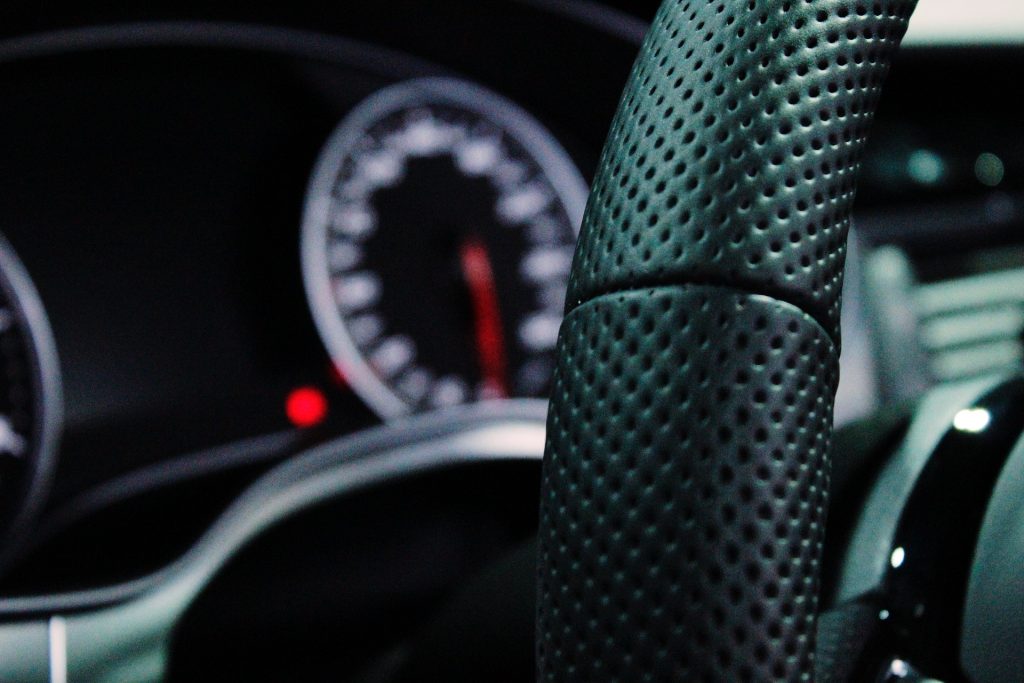
By Lonnie Hinkle, COO of Jiffy Lube of Indiana and an ASE-Certified Technician
It’s something we all dread. We’re driving down the street on the way to work, the grocery store, or to one of the many tasks we do every day when suddenly—it happens. That Check Engine light pops on! Most of us have the same immediate thoughts. What is going on with my car? Am I going to make it to where I’m going? Is this going to be expensive to fix? Am I going to be without a car for a day or two? The answers to those questions all depend on the reason the light came on in the first place.
How Does the Check Engine Light Work?
Today’s cars are managed by computers. These computers take input from sensors and then they react accordingly to make the vehicle perform in compliance with a pre-determined strategy. The computer expects to see data from its inputs within particular ranges or values. When this data falls outside of the predetermined ranges, the light turns on!
Why Is the Check Engine Light On?
There is a wide variety of things that the computer sees, and the reason for the light can be equally as wide. Reasons for the light can range from a simple thing like a gas cap being a little loose to larger problems like a failing catalytic converter or internal engine component failure.
What To Do When You See the Check Engine Light
When that light comes on the first thing to do is stay calm. If the engine is still running smoothly, continue to drive to your destination and seek professional service as soon as you can. If the vehicle is running rough or that Check Engine light is flashing, pull to the side of the road in a safe manner and seek professional vehicle service immediately. If the light is flashing it means that there is a catalyst-damaging fault in progress.
When the Check Engine light illuminates, your vehicle computer stores valuable diagnostic information that is used by your repair technician for troubleshooting and to determine the cause of the issue. Your repair technician will connect diagnostic tools to your vehicle to retrieve and interpret it. Do not allow anyone to “turn your light off” if they are not going to provide repairs. You want to keep this information available for the person who will be working on your vehicle.
Before we wrap this up, just a quick thing to remember about all the lights on your dash. If it’s a green light, continue driving! If it’s a yellow light proceed with caution. If it’s a red light, stop immediately!
Wherever your travels take you, know that you can always stop by any Jiffy Lube of Indiana location for help—no appointment necessary. Our ASE certified technicians will provide you with fast, competitively-priced, maintenance services beyond fluid changes. Happy travels!










